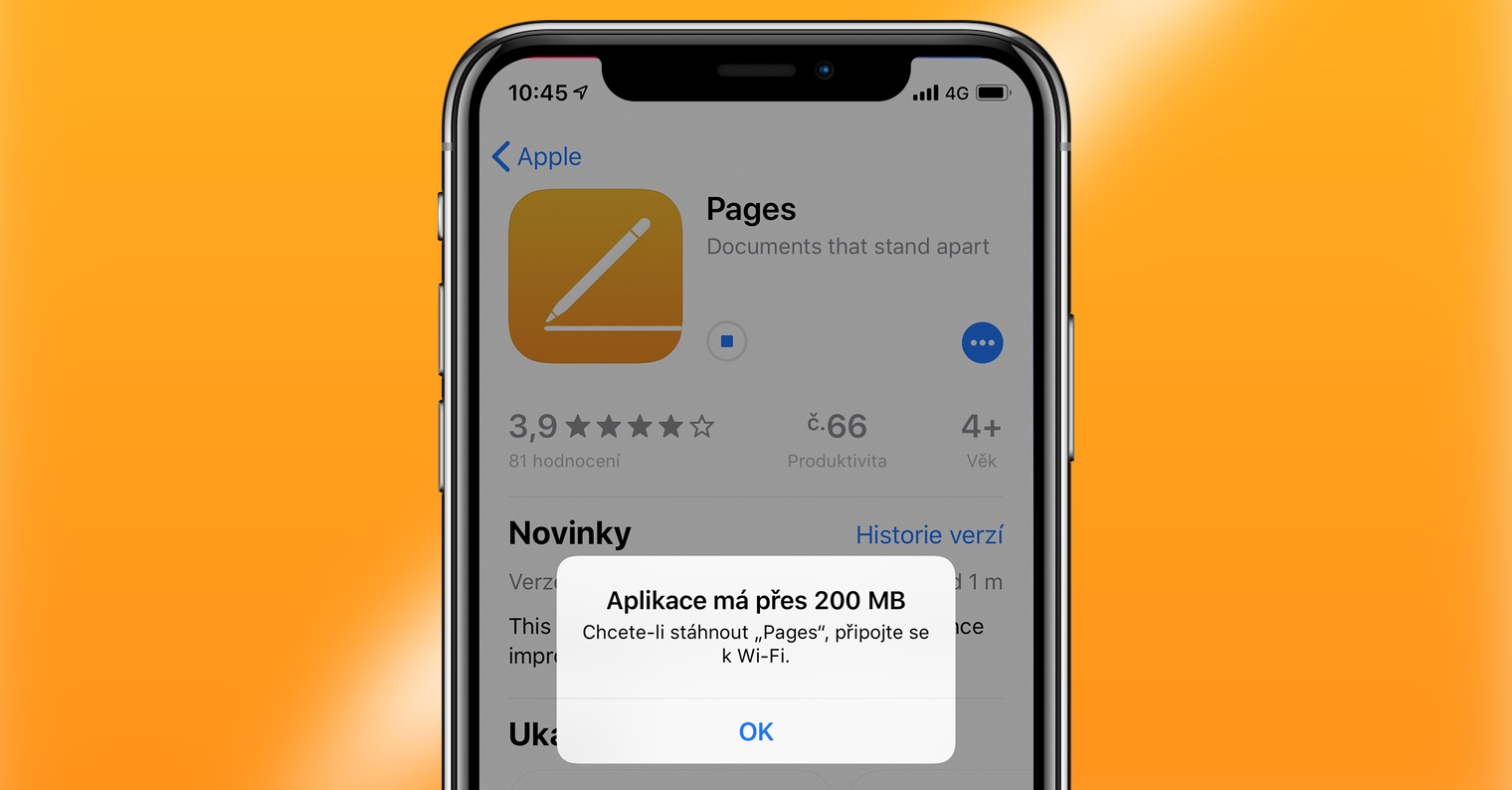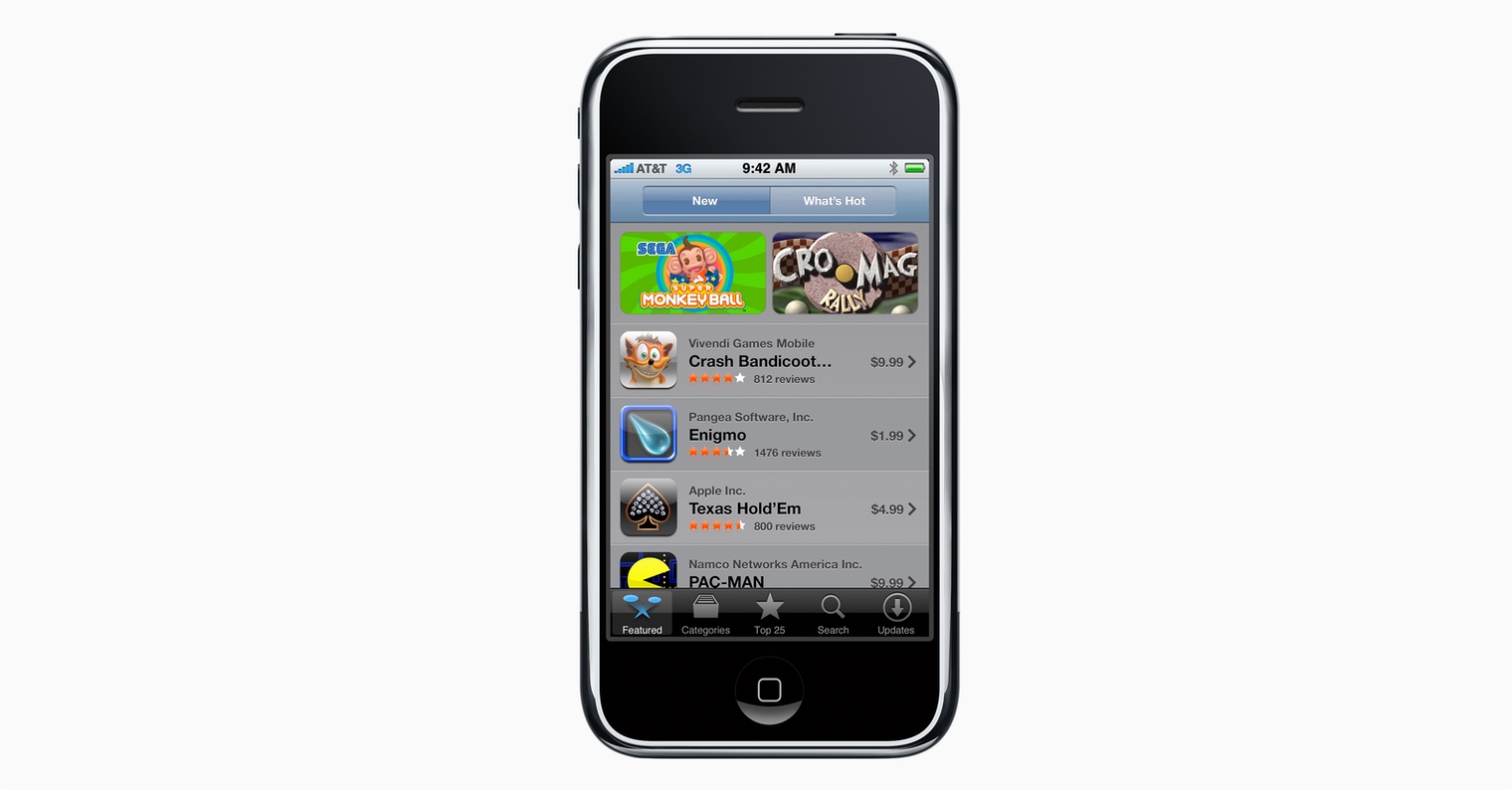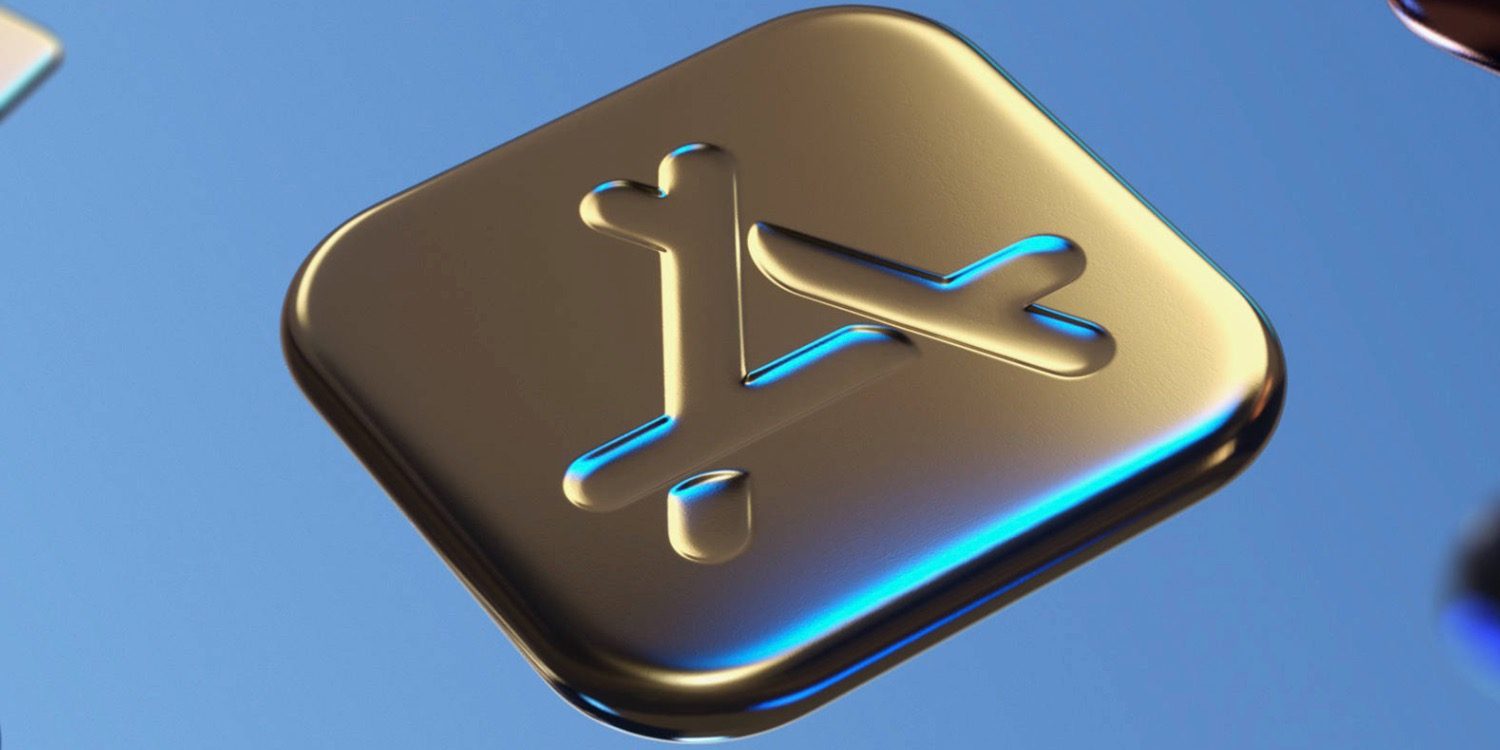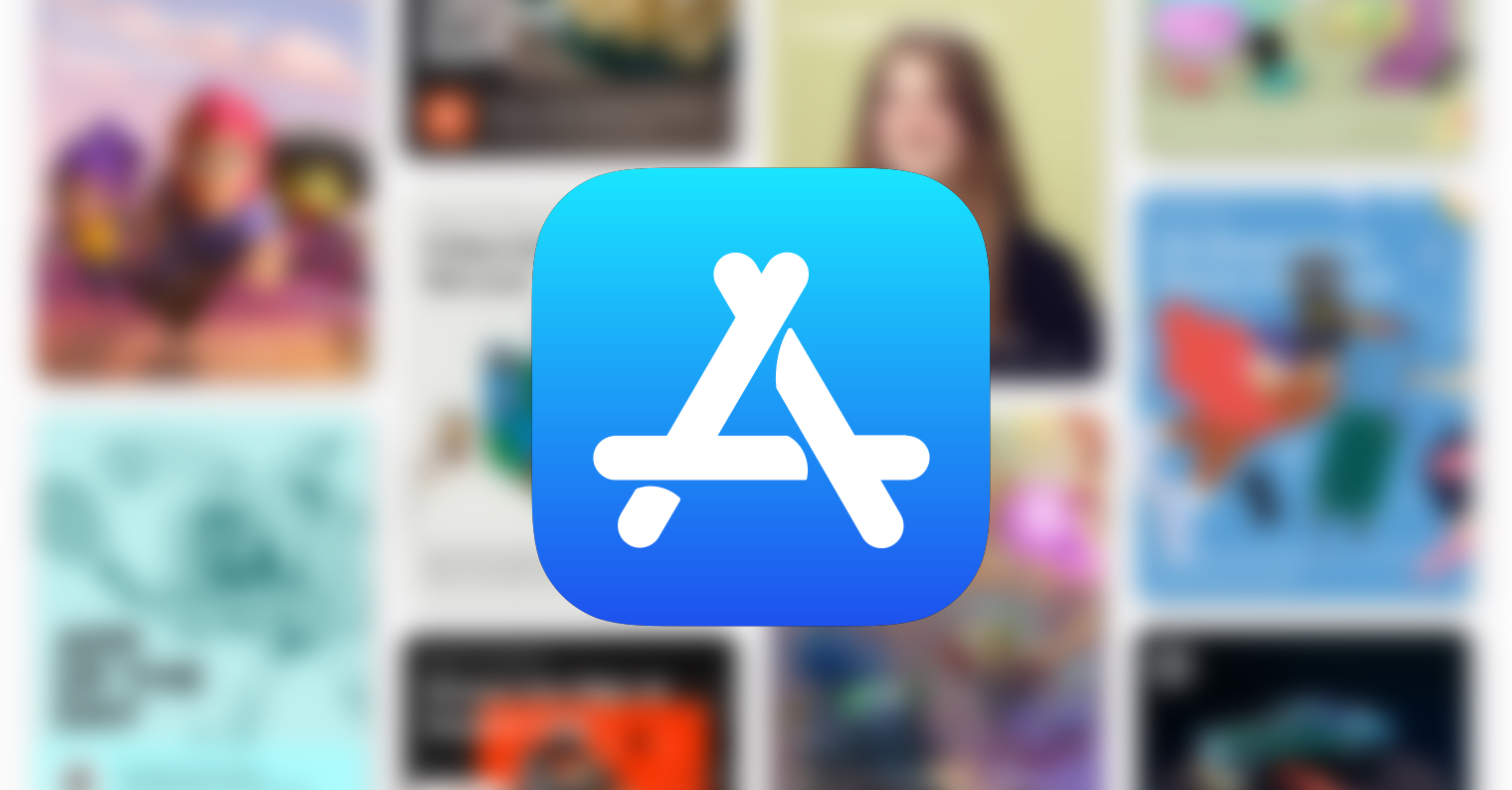The App Store opened its virtual doors on July 10, 2008, and iPhone owners finally had the opportunity to download applications from third-party developers to their smartphones. The previously locked platform has thus become a revenue tool for both Apple and developers. The App Store was gradually flooded with applications used for communication, creation, or playing games.
Despite Jobs
But the App Store's path to users was not easy - Steve Jobs himself prevented it. Among other things, he was concerned that making the platform available to third-party developers could jeopardize the security and control that Apple had over its platform. As a notorious perfectionist, he was also worried about the possibility that poorly designed applications could spoil the overall impression of a carefully designed iPhone.
The rest of the management, who on the other hand saw great potential in the App Store, luckily lobbied Jobs for so long and so intensively that the software store got the green light, and Apple could officially announce the launch of its iPhone Developer program in March 2008. Developers who wanted to distribute their apps through the App Store had to pay Apple an annual fee of $99. It increased slightly if it was a development company with 500 or more employees. The Cupertino company then charged a thirty percent commission from their profit.
At the time of its launch, the App Store offered 500 apps from third-party developers, about a quarter of which were completely free. Almost immediately after launch, the App Store began to climb steeply. Within the first 72 hours, it had a whopping 10 million downloads, and developers—sometimes at a very young age—started making hundreds of thousands of dollars from their apps.
In September 2008, the number of downloads in the App Store rose to 100 million, in April of the following year it was already one billion.
Apps, apps, apps
Apple promoted its application store, among other things, with advertising, whose slogan "There's an App fot That" entered history with a bit of exaggeration. He lived to see his paraphrasing in program for children, but also series of parodies. Apple even had its advertising slogan registered as a trademark in 2009.
Three years after its launch, the App Store could already celebrate 15 billion downloads. Currently, we can find more than two million applications in the App Store, and their number is constantly increasing.
Gold mine?
The App Store is undoubtedly a revenue generator for both Apple and developers. For example, thanks to the App Store, they earned a total of 2013 billion dollars in 10, five years later it was already 100 billion, and the App Store also recorded a milestone in the form of half a billion visitors per week.
But some developers complain about the 30 percent commission that Apple charges, while others are annoyed by the way Apple tries to promote the subscription system at the expense of one-time payments for applications. Some - like Netflix – have decided to abandon the subscription system in the App Store completely.
The App Store is constantly changing all the time. Over time, Apple has added ads to the App Store, redesigned its appearance, and with the arrival of iOS 13, it also removed restrictions on mobile data downloads and also came up with its own App Store for the Apple Watch.
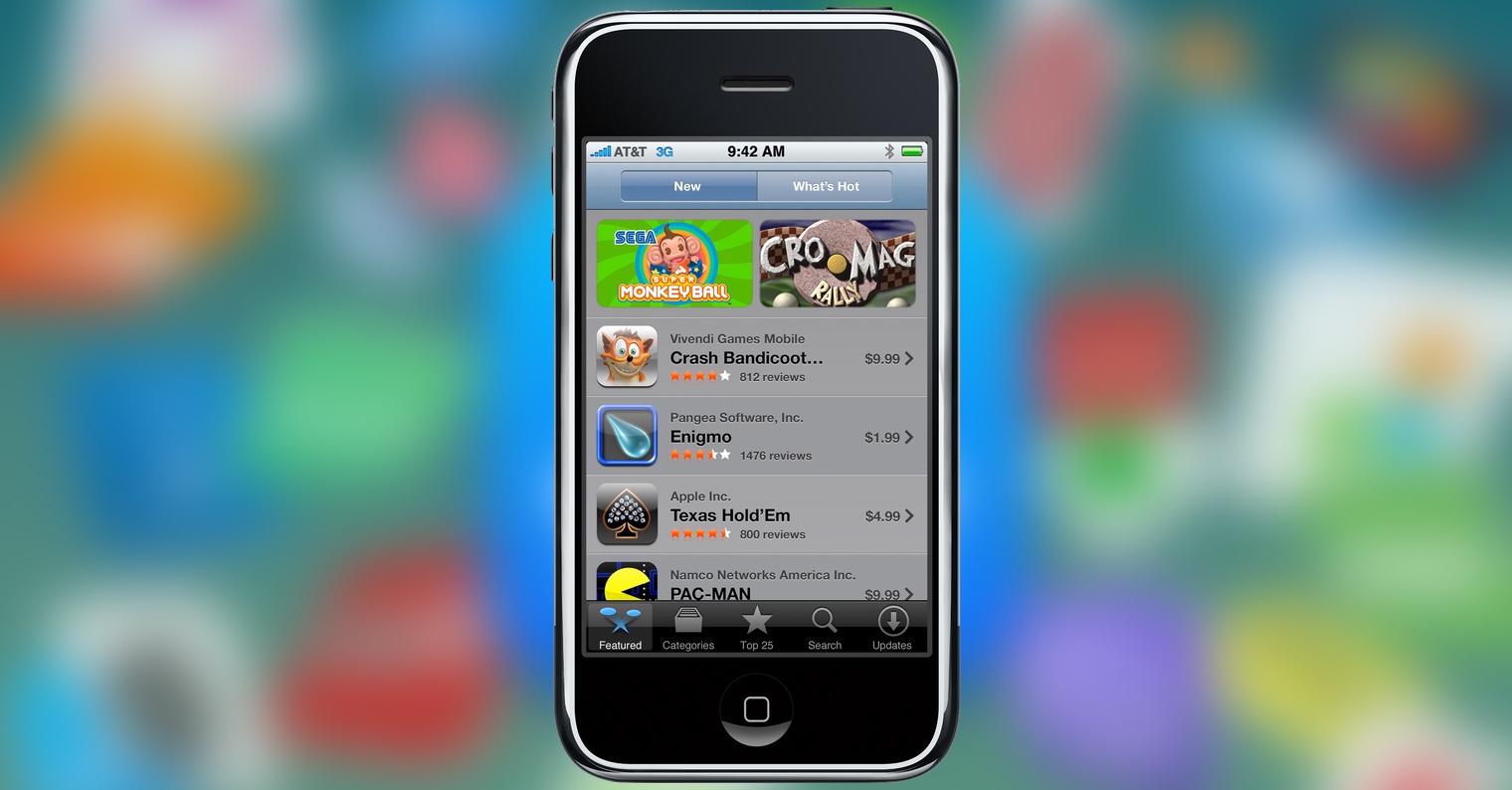
Sources: Cult of Mac [1] [2] [3] [4], Venture Beat,
